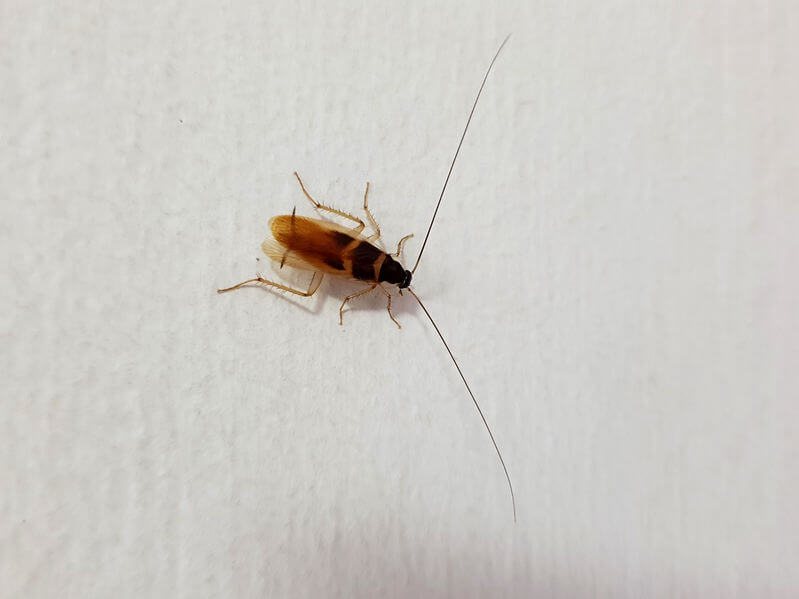Integrated pest management is a process you can use to eradicate pest issues while reducing risks to humans and the environment. You can use the technique to manage all types of pests anywhere. It is an ecosystem-based approach that emphasizes long-term pest prevention. It uses a combination of treatment methods for enhanced effectiveness. These techniques include:
- Pest repellants
- Change of cultural practices
- Habitat manipulation
- Biological control.
Pesticides are only used when assessments show they are needed. Treatments are made according to the established guidelines. They are intended to remove the target organism only. The ingredients are chosen and used to reduce the risks to the environment, non-target and beneficial organisms, and humans.
How Does Integrated Pest Management Work?
Integrated pest management emphasizes long-term pest prevention. It focuses on the destruction caused by the pest while managing the ecosystem. With this approach, you take measures to prevent pest infestation. These measures include:
- Growing crops that can resist pest attacks
- Using infection-resistant crops
- Sealing cracks to keep rodents or insects from entering your home.
Integrated pest management considers the factors that affect a pest’s ability to flourish. You create unfavorable conditions for the pest to thrive.
Monitoring and the right identification of pests are required to determine if you need to manage the pests. Monitoring means assessing your building, forest, landscape, field, or other areas to identify the type of pest you have. It also determines the number of pests and the amount of damage they have caused. Identifying the pest correctly is key to determining if the pest is likely to cause problems. It also helps you in choosing the best management approach.
After assessing and considering the pest facts, you can determine whether you can tolerate it or it is an issue that merits control. If control is required, the information will help you choose the best management strategies and the best time to apply them.
Integrated pest management programs use different pest management approaches for increased effectiveness. The method uses a combination of approaches that are more effective when used together than individually. Pest management strategies are usually grouped into the following groups:
Chemical control
This is the use of pesticides to control pests. In integrated pest management, chemical control is only used when required. It is usually used in combination with other methods to increase its effectiveness and durability. Chemicals are chosen and used to reduce their potential harm to the environment, non-target organisms, and humans. It will help if you choose the most effective pesticide that can do the job in the safest way for other organisms and the environment.
Physical and mechanical controls
These are tools that control pests by:
- Killing them directly
- Blocking them out
- Creating unsuitable environments for them.
An example of mechanical control is a rodent trap. Physical controls include screen barriers to keep insects and birds out and mulches for weed control.
Cultural controls
These are approaches that minimize the survival, dispersal, reproduction, and establishment of pests.
Biological control
This is the use of natural enemies to control pest and their destruction. These natural enemies include competitors, pathogens, parasites, and predators. Vertebrates, weeds, nematodes, plant pathogens, and invertebrates have a lot of natural enemies.
Integrated pest management is based on science.
Conclusion
Integrated pest management approaches focus on preventing and eradicating the invasion of pests in a way that minimizes harm to the environment and other organisms. It is not a single pest control approach but rather a combination of pest management approaches. Integrated pest management methods are categorized into preventive measures, cultural control, physical and mechanical control, biological control, and chemical control.







